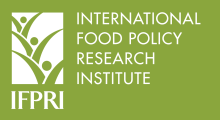Resource information
Before 1994 the policy of apartheid in South Africa had systematically denied the majority of the population access to resources through legal restrictions on mobility, property rights, and residential location (Thompson 1990). South African industry fulfilled labor requirements in key industries largely using migrant laborers—mostly men—who worked in one place while their families resided elsewhere. As a result, many South African families have been characterized as “double-rooted,” with one root in the poorer, more rural areas designated for blacks relying on income from the other root in the higher-income, urban, industrial, and mining areas. In 1993 one in four of all black South African households were dependent on remittance income (Carter and May 1999). Moreover, it is estimated that more than 50 percent of all black children age six and under were not living with their father, and 15 percent of these children were also not living with their mother.


